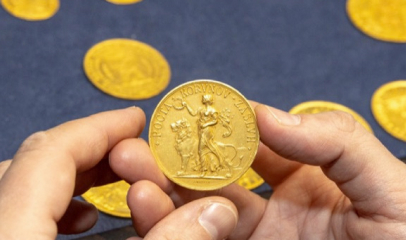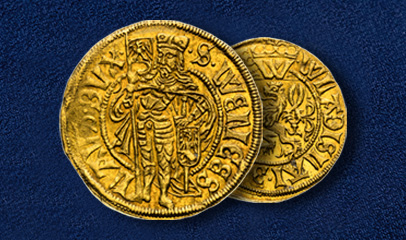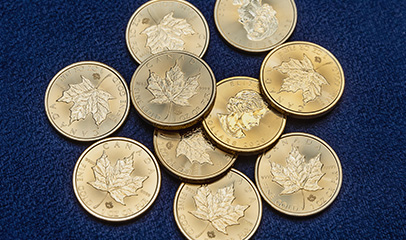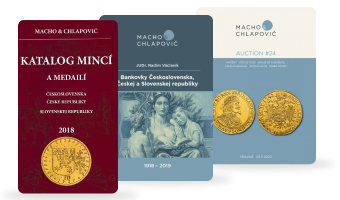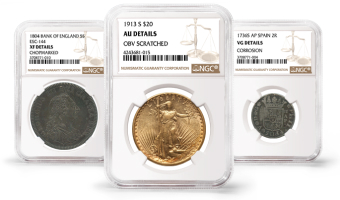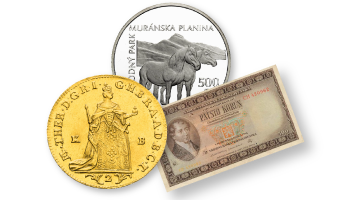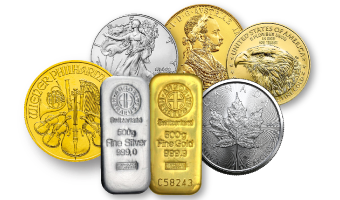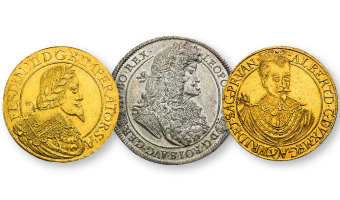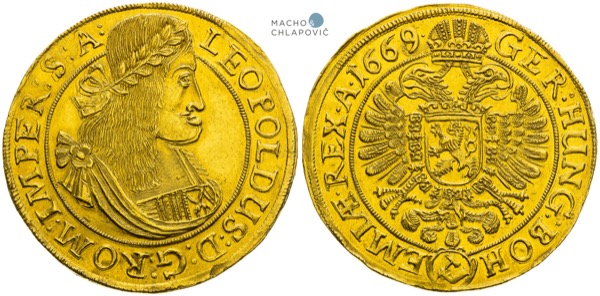
From the date of its foundation in 1300, the Kuttenberg mint was dependent on the supply of silver from local mines. Of all the precious metals, silver was the only one found in the local ore, which is why, with few exceptions, Kuttenberg is only associated with the minting of silver coins. When gold coins were struck, the metal came from other sources. The mint’s accounts show that only a negligible amount of pagament (scrap metal) came to the mint and that, unlike the Prague mint, its purchase was not an economically significant activity for the mint.
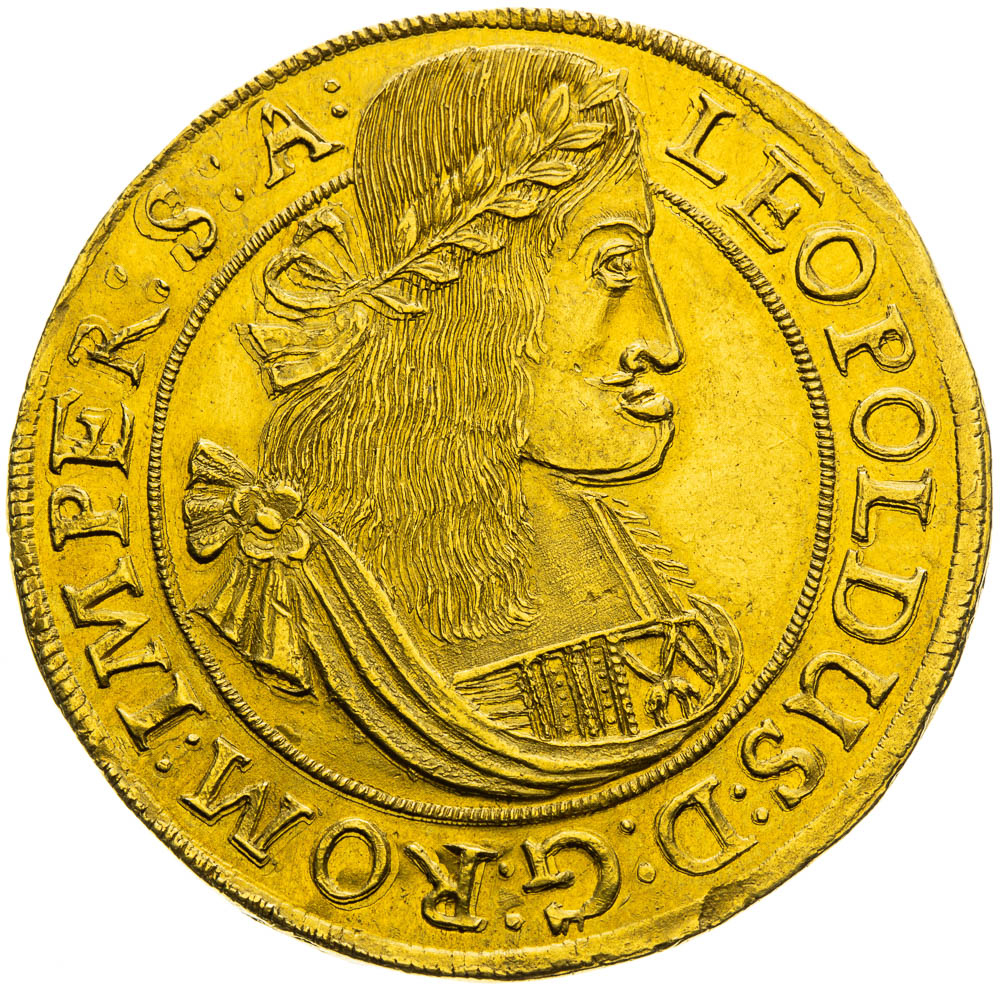
It is noteworthy that several gold mintages are recorded from the period of 1669–1670. There is evidence of the mintage of 2 and 5 ducats, as well as the 10 ducat coin offered in this auction, which was struck using thaler dies. The mintage of 1 and half ducats is documented in the year 1690. All of these coins are extremely rare and were probably struck as individual pieces. If dies had been made for the mintage, the number could have been higher. Although these coins are extremely rare, it is clear that the minting was not completely random as in previous periods. It was probably the result of increased state interest in the circulation of precious metals in an attempt to secure additional revenue for the state budget. According to the imperial decree of 31 March 1659, all gold and silver pagament was to be delivered exclusively for purchase by the mints or other designated authorities. Failure to comply with this obligation and the illicit melting and trading of scrap metal resulted in its confiscation, as well as physical and financial penalties. It is almost certain that the gold coins of the Kuttenberg mint with the mintmark of Řehoř Hackl were struck from purchased scrap gold. All of them were produced using the dies of the Prague goldsmith Jiří Teuche. The accounts of the Kuttenberg mint document payments for his deliveries of dies in 1654 and 1663–1665. However, Teuche also supplied dies in the years that followed. This is evidenced by the artistic design of the coins, which did not change until the early 1670s.
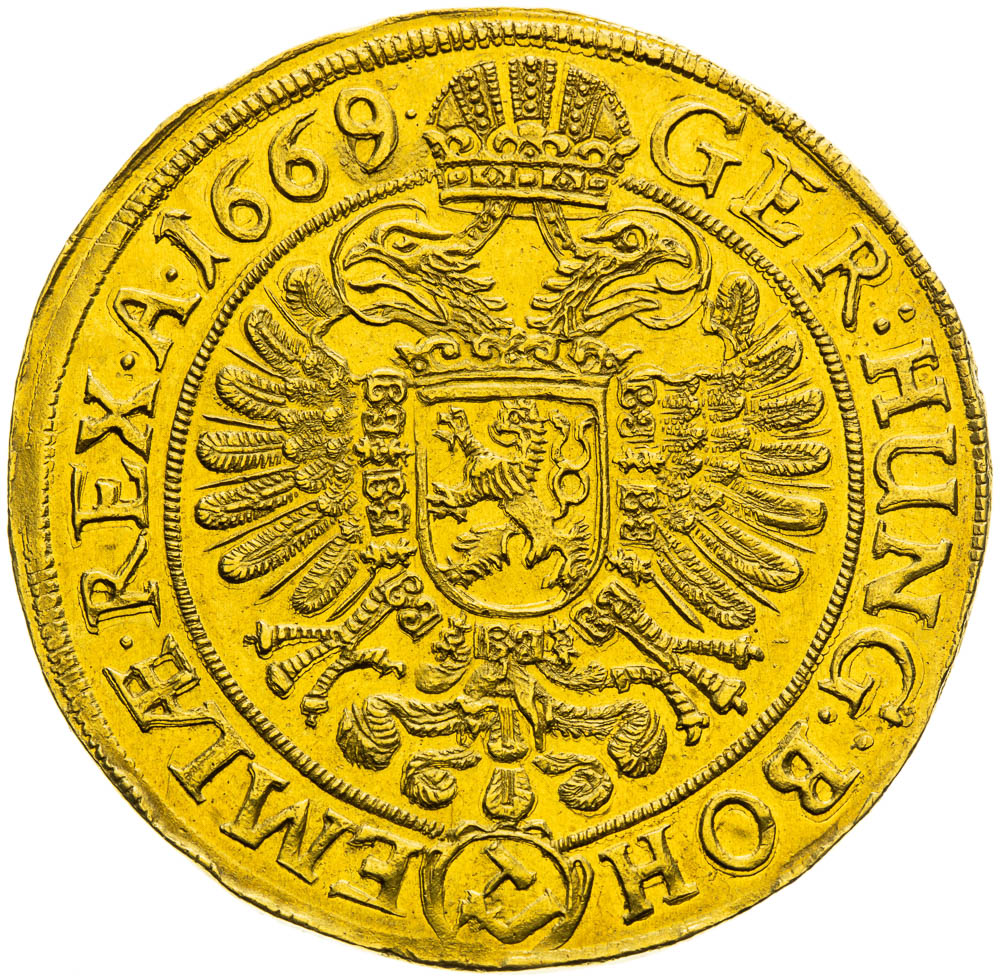
The min
ting of gold coins of Leopold I in Kuttenberg mint dates back to the time of its last brief heyday. During the Thirty Years’ War, Kuttenberg attracted the unwelcome attention of all the warring parties, and risky investments in silver mining rapidly dwindled. As a result, the output and profitability of the mint declined. In 1639, for example, the Swedish field marshal Johan Banér demanded a ransom of 10,000 thalers and threatened to plunder the town. In order to raise the money, the town council confiscated liturgical objects from churches. The mint was closed in 1643. It was only reopened ten years later, during a period of renewed investment in silver mining.
Lot 399 -
10 Ducat 1669, Leopold I, Kuttemberg, extremely rare! (RRR!). Highly collectible piece with beautiful patina and mirror-like lustre in the fields. According to the knowledge of the auction house, only 1 piece appeared on the market! Starting price €300,000.


